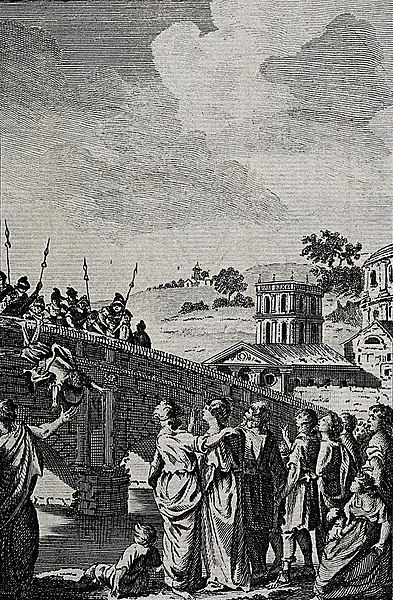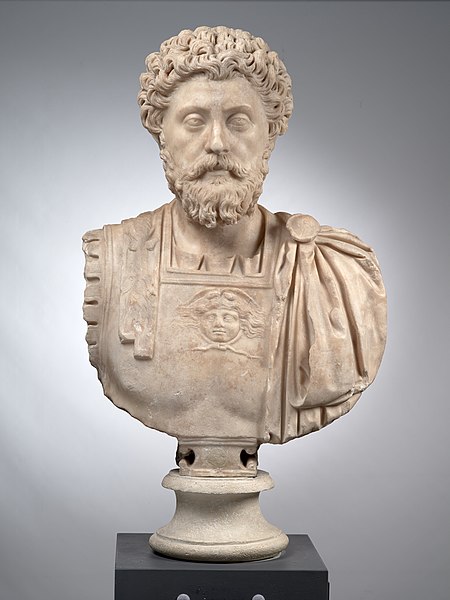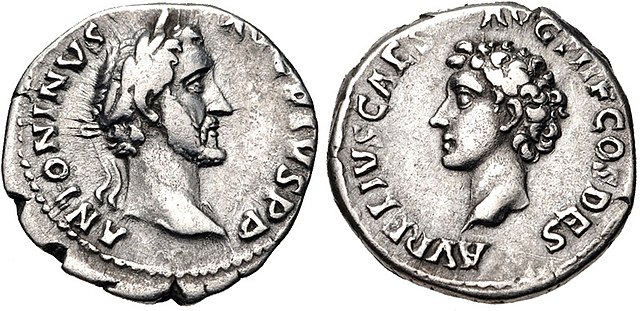Persecution of Christians in the Roman Empire
Christians were persecuted, sporadically and usually locally, throughout the Roman Empire, beginning in the 1st century AD and ending in the 4th century. Originally a polytheistic empire in the traditions of Roman paganism and the Hellenistic religion, as Christianity spread through the empire, it came into ideological conflict with the imperial cult of ancient Rome. Pagan practices such as making sacrifices to the deified emperors or other gods were abhorrent to Christians as their beliefs prohibited idolatry. The state and other members of civic society punished Christians for treason, various rumored crimes, illegal assembly, and for introducing an alien cult that led to Roman apostasy. The first, localized Neronian persecution occurred under Emperor Nero in Rome. A more general persecution occurred during the reign of Marcus Aurelius. After a lull, persecution resumed under Emperors Decius and Trebonianus Gallus. The Decian persecution was particularly extensive. The persecution of Emperor Valerian ceased with his notable capture by the Sasanian Empire's Shapur I at the Battle of Edessa during the Roman–Persian Wars. His successor, Gallienus, halted the persecutions.

The Christian Martyrs' Last Prayer, by Jean-Léon Gérôme (1883)
Martyrdom of Calepodius (intaglio print)
Martyrdom of Saint Lawrence (Christian heroes and martyrs, 1895)
The Condemnation of Saint Lawrence by the emperor Valerian (Fra Angelico, c. 1450)
Marcus Aurelius Antoninus was Roman emperor from 161 to 180 and a Stoic philosopher. He was a member of the Nerva–Antonine dynasty, the last of the rulers later known as the Five Good Emperors and the last emperor of the Pax Romana, an age of relative peace, calm, and stability for the Roman Empire lasting from 27 BC to 180 AD. He served as Roman consul in 140, 145, and 161.
Marble bust, Musée Saint-Raymond
A bust of young Marcus Aurelius (Capitoline Museum). Anthony Birley, his modern biographer, writes of the bust: 'This is certainly a grave young man'.
Sestertius of Antoninus Pius (AD 140–144). It celebrates the betrothal of Marcus Aurelius and Faustina the Younger in 139, pictured below Antoninus, who is holding a statuette of Concordia and clasping hands with Faustina the Elder. Inscription: ANTONINVS AVG. PIVS P. P., TR. P., CO[N]S. III / CONCORDIAE S.C.
Denarius of Antoninus Pius (AD 139), with a portrait of Marcus Aurelius on the reverse. Inscription: ANTONINVS AVG. PIVS P. P. / AVRELIVS CAES. AVG. PII F. CO[N]S. DES.








